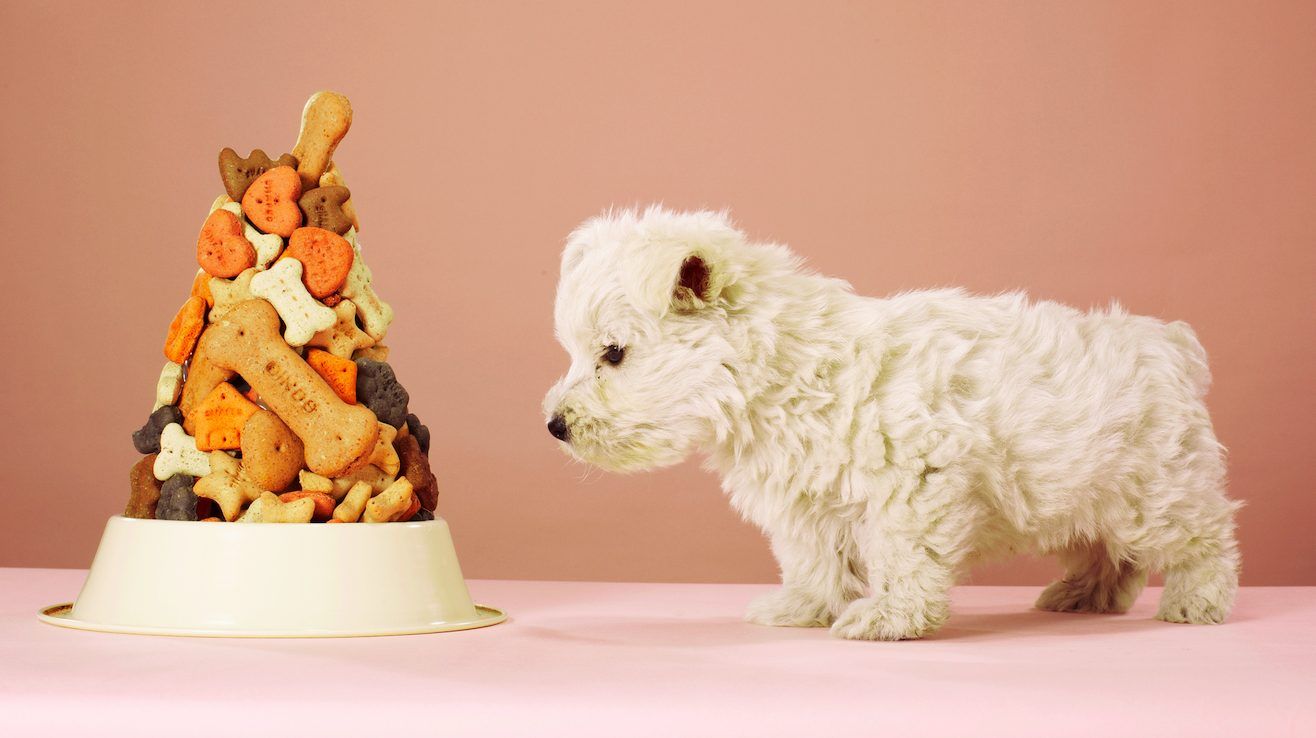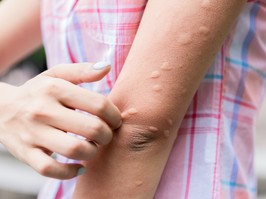you could be feeding your dog wrong
despite different theories on feeding frequency, the benefits of homemade food and whether or not grain is good, the consensus seems to be that how and what you feed your dog should be determined by their age and health.
the surprising science behind happy cats
animal behaviourist zazie todd on how happy cats communicate with humans, their petting 'time limit' and why they tend to gravitate to the one person in the room who's not interested.
even 10 minutes with a dog can reduce pain, anxiety
whether pain actually decreased, or people were just distracted, therapy dogs seem to have the power to make us feel better when it matters the most.
 5 minute read
5 minute read









